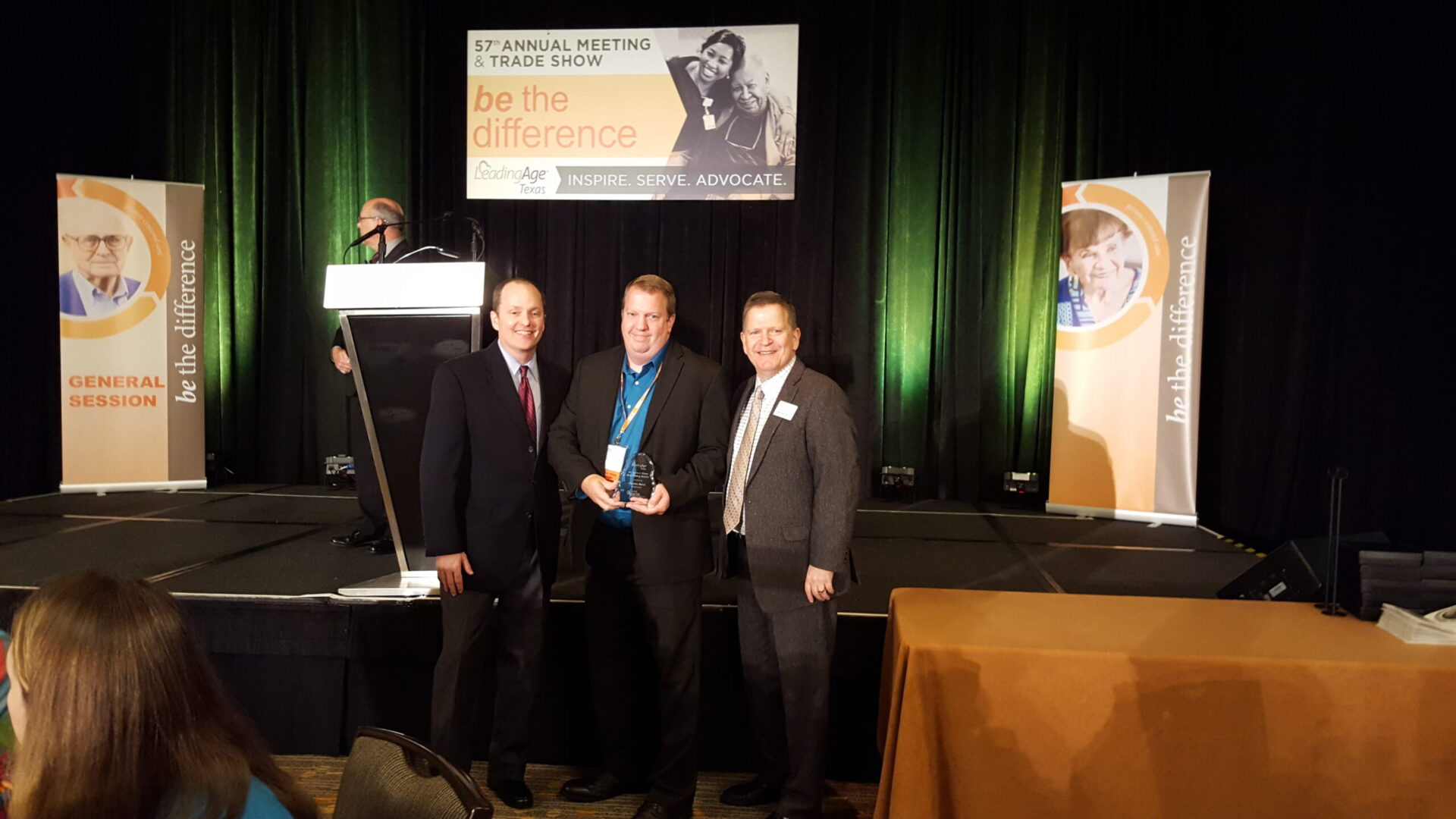Skilled Nursing Myths: Separating Fact from Fiction

Skilled nursing communities bring to mind many different ideas, not all of them positive. Some people might think of dull facilities with inactive patients. Others might imagine a hospital-like setting with terminally ill patients. Some of this is understandable, but skilled nursing communities have come a long way and seen significant improvements over the years. Despite advances in care, skilled nursing still has some negative stigmas attached to it, mainly due to persistent myths and misconceptions.
It’s important to evaluate all your care options free from bias. Finding the right care is too important to be dictated by outdated stereotypes. Here are just a few common myths about skilled nursing to help you separate fact from fiction.
Myth #1: Skilled Nursing Communities Are Extensions of Hospitals
People will often confuse skilled nursing communities for hospitals or believe they are just extensions or fancier versions of hospitals. This is understandable, as skilled nursing often offers in-depth medical care, similar to what a hospital might offer. Skilled nursing, for example, does provide a higher level of care than many other care options. One key difference, however, is skilled nursing generally caters to patients who are more stable. These communities are also designed to offer rehabilitation services to help patients regain independence. Hospitals, however, tend to focus on patients that are severely ill or seriously injured and need intensive treatment.
Another big differentiator is the environment and social atmosphere of skilled nursing communities. Residents typically live in a home-like environment and can freely move around. Skilled nursing also offers more social activities like outings and group therapy sessions which are not commonly offered in hospital settings.
Myth #2: Residents Have No Independence
In fact, residents in skilled nursing communities typically have a great deal of independence. At Westminster, for example, we strive to maximize the physical, cognitive, emotional and spiritual potential of our residents. The goal is to help our residents live meaningful, fulfilling lives while at the same time providing the care they need. Ultimately, skilled nursing communities help residents achieve the maximum possible level of independence, as opposed to limiting it in any way.
Myth #3: It’s Only for the Terminally Ill
Some people think that a skilled nursing community is your last stop. In reality, the main goal of these communities is to rehabilitate residents and return them to a more independent style of living. While there might be some residents who have chronic conditions or have memory issues, it is certainly not true of all residents.
Skilled nursing also isn’t exclusively for the elderly. Many communities provide both long-term and short-term care for patients of all ages. These communities will typically offer services like pulmonary rehabilitation, wound care, and post-acute rehabilitation for a variety of conditions.
Myth #4: It’s the Same as a Nursing Home
While there are some similarities, skilled nursing and nursing homes are two distinct things. Skilled nursing is primarily for rehabilitation and provides short-term recovery from acute medical issues. Nursing homes, however, are designed for long-term residents. Generally speaking, people will stay in nursing homes for longer periods of time, sometimes permanently.
Skilled nursing staff are also specialized, trained in addressing unique medical needs. This means they are usually registered nurses, licensed practical nurses, and medical directors. Skilled nursing communities also have speech and language pathologists, as well as physical and occupational therapists. Nursing homes do not offer medical care specific to the needs of their residents and typically have fewer licensed professionals available to residents.
Myth #5: Skilled Nursing Communities Are Sad, Lonely Places
Of all the myths about skilled nursing, this might be the most wrong. The reality is that most skilled nursing communities focus on holistic wellness. They address the mind, body, and spirit of each patient and strive to provide a high quality of life for their residents.
Many skilled nursing communities also offer a range of amenities in order to ensure residents are active, engaged, and happy. For example, at Westminster, we have chef-prepared cuisine to meet specialized dietary needs. We also offer transportation services so residents can have the opportunity to get out and explore the local community. There’s also a full calendar of activities and events that our residents can enjoy while they are here.
Myth #6: Skilled Nursing Is the Same As Assisted Living
Confusing skilled nursing with assisted living is understandable as they are very similar services. The main difference, however, is the level of care. Individuals in skilled nursing communities typically need a higher level of care than those in assisted living. Because of this, assisted living communities typically don’t have a large number of licensed medical professionals or specialized rehabilitation staff. The goal of assisted living is to support independence by helping with activities of daily living, rather than addressing complex medical issues. That said, both skilled nursing and assisted living focus on the independence of their residents as much as possible.
In general, skilled nursing communities are a great option for people that need more care than provided at assisted living communities. They are also useful for people that require short-term to medium-term rehabilitation.
Want to learn more about our skilled nursing community in Austin, Texas? Contact us today for more information!




